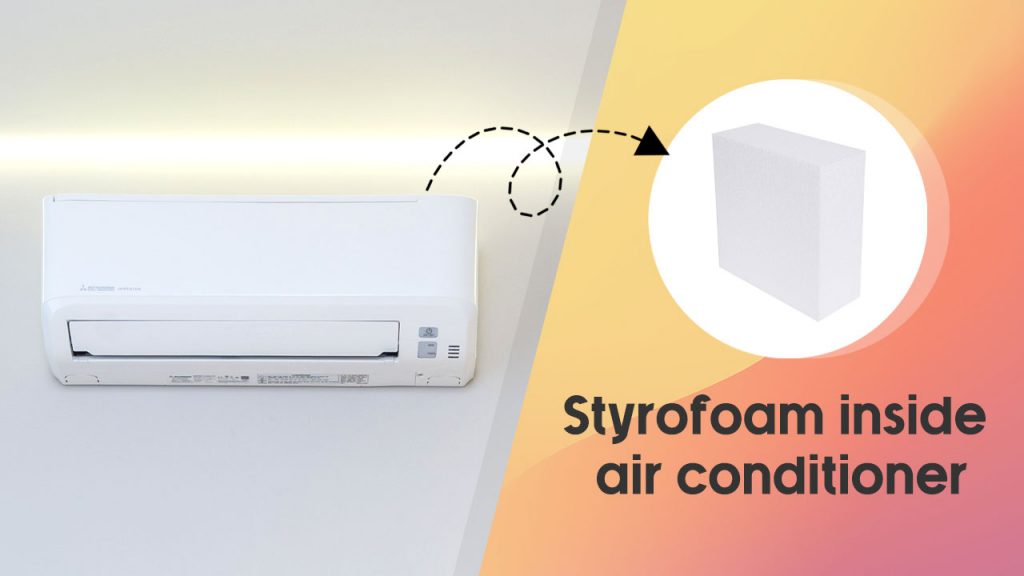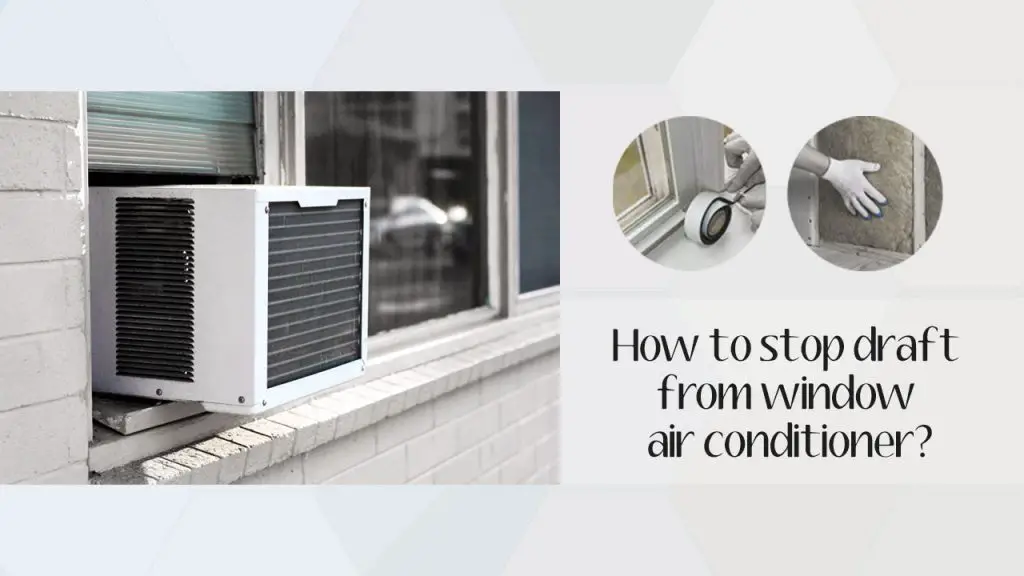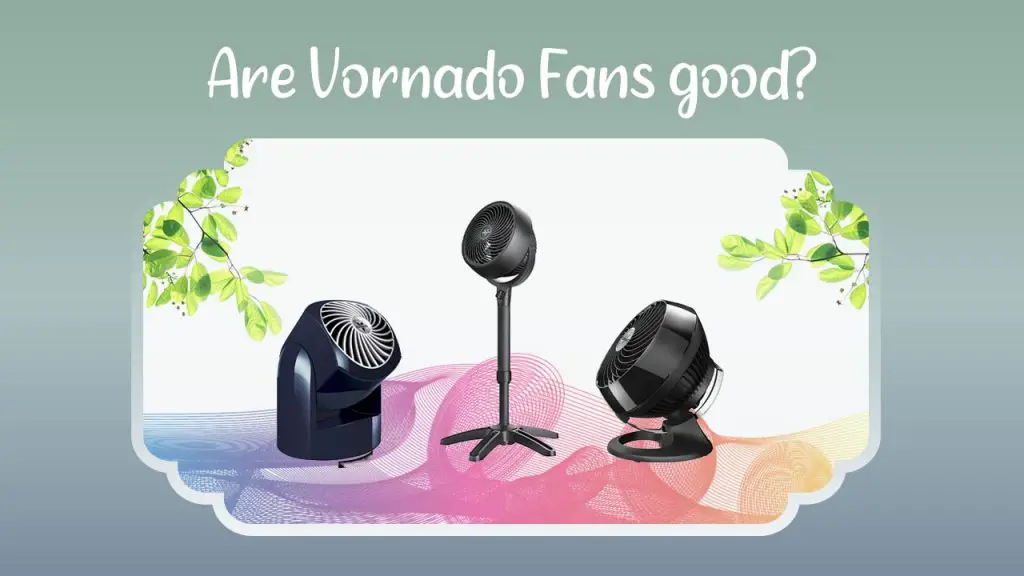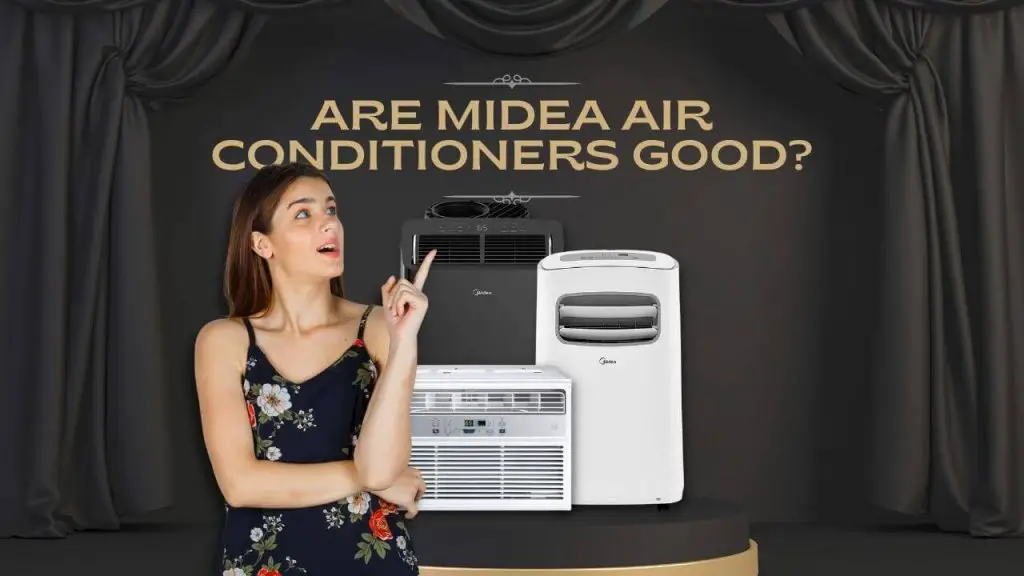Choosing between different brands of air conditioners for your home or office can be a tough decision. There are hundreds of brands and products out there, staring you in the face, and sometimes, it’s hard to tell which one is right for you.
To help you choose, air conditioners are categorized into capacities, one of which is the SEER Rating. This category is concerned with the efficiency of air conditioners and it exists at different levels.
What is SEER Rating in Air conditioners?
SEER Rating refers to Seasonal Energy Efficiency Ratio. The SEER Ratio has to do with the rate at which an air conditioner uses up energy.
It is the amount of energy that is required to run an air conditioner in a year, as well as the financial cost implication.
It is a standard set by the United States Department of Energy, and each unit is expected to meet minimum efficiency levels in a bid to perform well and save energy and cost.
Over the years, manufacturers have continued to make improvements to ensure that their products stay above those minimum requirements.
With more “energy efficient” air conditioners on the market, users are able to make a choice of which is considered more efficient than others.
The SEER Rating was defined in the AHRI 210/240 2008 standard released by the Air Conditioning, Heating and Refrigeration Institute (AHRI).
For air conditioners, SEER is represented by the below formula:
SEER = Cooling Output During a Season (in BTU) / Input Electrical Energy in Same Season (in Wh)
The above is how a SEER Rating is determined; by calculating the ACs average performance which refers to how much cooling it puts out per the unit amount of energy it requires to put out that cooling.
Think of it the same way you measure your miles per gallon in fuel consumption. Usually, the manufacturer states the maximum SEER Rating on the product.
Most air conditioners today have a SEER rating of between 14 and 24, with 14 being the minimum standard for all ACs.
When it comes to SEER, the higher the number, the better- in most cases. A 20 SEER Rating is more energy-efficient than a 14 SEER Rating, all other things being equal.
Meanwhile, to attract the Energy Star, an air conditioner must not go below the 14 SEER Rating requirement.
While each air conditioner is manufactured with a specific rating, it is important to note that other external factors like the size of your room and the duct system, the size of the air conditioner, BTU capacity and other variables will also come into play.
SEER Ratings in Air Conditioners
14 SEER Rating
The 14 SEER Rating is quite popular in the US, especially because of the Federal Government 2016 directive on SEER Ratings. For all intents and purposes, it is a baseline for SEER requirements. Nonetheless, it is highly energy efficient, all other things being equal.
If you compare a modern 14 SEER unit with a unit you used about 20 years ago, you’ll find that you can save up to 30% more energy. For the purpose of this post, we’ll put older units at 10 SEER Rating.
At 10 SEER Rating, a 2-ton split air conditioner running for 2100 hours a season at the average cost of $0.14 per kW hour will amount to $706 annually and $14,120 over its lifetime (20 years) on energy costs.
Using the same calculation, a 14 SEER Rated unit will use up $504 per annum and $10,080 over the course of 20 years.
That amounts to an energy cost saving of $202 per annum and $4,040 in its lifetime. This comparison is achieved by a SEER calculator provided by HVAC Direct.
15 SEER Rating
In the same vein, a 15 SEER rated air conditioner unit will take up less energy cost than a 14 SEER unit. Annually, you’ll spend around $470 on energy bills and $9,400 over the course of 20 years.
16 SEER Rating
A 16 SEER Rating is logically more energy efficient than a 14 SEER Rating. In fact, stepping up to a 16 SEER Rating unit will certainly cost you more in initial investment, but you will get a 13% drop in energy cost.
Using the same formula above, the 14 SEER Rated unit will take up $504 in energy consumption per year and $10,080 over 20 years, while the 16 SEER Rating will take up $441 per annum and $8,820 in 20 years.
17 SEER Rating
In a similar vein, a 17 SEER Rating will significantly bring the energy cost down. Using the same formula and the national average of 14 cents per kW, a unit with this seasonal efficiency rating will cost $415 in energy consumption per year and $8,300 in 20 years.
18 SEER Rating
Here, you should be ready to part with $392 annually and $7,840 after 20 years in energy cost.
19 SEER Rating
A 19 SEER Rating AC unit will consume $371 each year on energy cost and that will accumulate to around $7,420 in 20 years.
20 SEER Rating
On a 20 SEER Rated Air Conditioner, annual energy consumption will amount to $353 and will sum up to $7,060 in the course of 20 years.
21 SEER Rating
A 21 SEER Rating unit is also very energy efficient compared to smaller ratings. You’ll spend only a meager $336 annually and about $6,720 after 20 years.
22 SEER Rating
Based on the same calculations, a 22 SEER Rated air conditioner unit will require an operating unit cost of $321 per annum and $6,420 over the course of 20 years.
23 SEER Rating
For a 23 SEER Rated AC unit, power consumption will be $307 annually and $6,140 over its lifetime of 20 years.
24 SEER Rating
On the other hand, a 24 SEER Rated unit will see energy cost drop significantly to $294 per annum and $5,880 over the course of 20 years.
Comparison of all SEER Ratings for Air Conditioners
Note: This comparison is based on a 2 Ton air conditioner and using the national average energy cost of 14 cents per kW hour.
| SEER | Energy Cost/Year ($) | Energy Cost/20 Years ($) | Savings/Year ($) |
|---|---|---|---|
| SEER 14 | 504 | 10,080 | 202 |
| SEER 15 | 470 | 9,400 | 236 |
| SEER 16 | 441 | 8,820 | 265 |
| SEER 17 | 415 | 8,300 | 291 |
| SEER 18 | 392 | 7,840 | 314 |
| SEER 19 | 371 | 7,420 | 335 |
| SEER 20 | 353 | 7,060 | 353 |
| SEER 21 | 336 | 6,720 | 370 |
| SEER 22 | 321 | 6,420 | 385 |
| SEER 23 | 307 | 6,140 | 399 |
| SEER 24 | 294 | 5,880 | 412 |
Are high SEER AC units worth it?
To understand the worth of high SEER AC units, we need to consider the cost of initial investment versus the amount saved over the course of its lifetime.
Let’s consider the difference between a 14 SEER unit and a 16 SEER unit using the factors of Price vs Energy Saving and Comfort.
1. Price
An average 2-ton 24,000 BTU air conditioner unit with 14 SEER Rating costs about $1,600 while a 16 SEER Rating unit with the same capacity will cost around $2,200.
This is an additional $600 for a higher SEER AC unit. However, this cost is often covered over time through energy saving.
2. Energy Saving
As highlighted in the table above, a typical 16 SEER unit will cost between 13 and 25% less energy than a 14 SEER unit.
The difference in initial investment will most likely be covered up in 7 to 10 years. This makes it worth the investment, giving you value for money.
3. Comfort
The two-stage compressor in a 16 SEER unit also makes a lot more sense. It is more efficient and is better able to adapt to your home’s conditions.
They do not shut off or forced to run at full speed like the single-stage compressor. This ensures your room temperature is consistent and kept at a comfortable level while consuming less energy.
Also, most 16 SEER units have two-speed blower motors and condensing fans. This helps the two-stage compressor work better and more efficiently.
They also often run at a lower but steady speed and do not produce as much noise as units with a single-stage compressor.
Other thoughts:
On the flip side, getting a higher SEER rating may not always be worth it. Always consider the difference in initial investment. If it appears too much to be covered up by energy cost cuts in 10 years, it may not be worth it after all.
While the life of an AC has an expectancy of 20 years, most of them pack up between 10 and 15 years, especially if they are not properly maintained. So, if you won’t make up the difference in initial investment within that time, it would make no sense.
Recommended Air Conditioners for each SEER Rating
Final Words:
A SEER rating is an important detail in any air conditioner you choose to invest in. This is because it can determine the price of the unit as well as how much you will spend on energy over time.
This post has provided a simple energy consumption calculation and cost implication for different SEER ratings, so you know how much you’re able to save on a typical air conditioner.
The table above also provides a simple list of some of the best air conditioner units based on SEER ratings. You can make a choice from the list or make a totally different choice based on our guidelines.
| Photo | Title | Buy |
|---|---|---|

|
LEVOIT Air Purifier for Home & Bedroom - For Allergies and Pets Hair | Check Price On Amazon |

|
BREEZOME 60 OZ Quiet Dehumidifiers for Home, Dual-Semiconductor | Check Price On Amazon |

|
AquaOasis™ Cool Mist Quiet Ultrasonic Humidifier for Bedroom & Large room | Check Price On Amazon |

|
43.3'' Portable Air Conditioners, 3-IN-1 Evaporative Air Cooler w/Remote | Check Price On Amazon |

|
BlueDri BD-AS-550-BL Negative Machine Airbourne Cleaner HEPA Air Scrubber | Check Price On Amazon |




![Frigidaire Vs LG Air Conditioners [Comparison & Recommendations]](https://www.airpurelife.com/wp-content/uploads/2022/01/Frigidaire-vs-LG-Air-Conditioners-1024x576.jpg)

